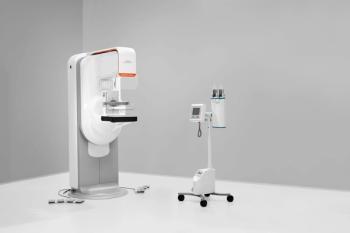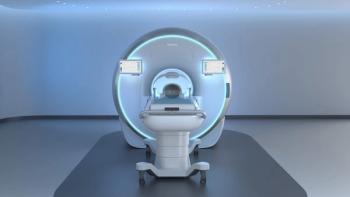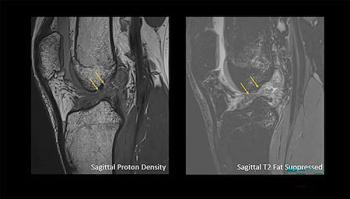
Strut-Based Brachytherapy Effective in Early Breast Cancer
Treatment for early breast cancer with strut-based brachytherapy is safe and effective.
Strut-based brachytherapy appears to be an effective and safe treatment for women with early-stage breast cancer, said researchers in a
Researchers from the SAVI Collaborative Research Group (SCRG) studied the long-term outcomes of accelerated partial breast irradiation (APBI) using strut-based applicators among women with breast cancer.
A total of 101 patients aged between 40 years and 82 years (median age 62 years) were included in this study. The majority of the patients, 82.7 percent, were postmenopausal. Median tumor size was 12.5 mm, and 92 percent were estrogen-receptor positive.
Seventy-two patients had invasive disease; 29 had ductal carcinoma in situ. The patients received APBI using the strut-based brachytherapy device with conventional dose and fractionation. They were treated at least 42 months before the study’s abstract was submitted with a median follow-up of 54 months.
Results showed that all patients completed treatment without serious adverse events. Toxicity rates were less than 3 percent.
“Local control was excellent with a true recurrence/marginal miss rate of 2 percent and an ipsilateral/elsewhere recurrence rate of 2 percent,” wrote the authors.
“APBI is an accepted treatment for certain women with early-stage breast cancer, with multiple Phase II and III clinical trials demonstrating its efficacy and safety,” said SCRG co-principal investigator and radiation oncologist at Phoenix-based Arizona Breast Center Specialists Robert Kuske, MD, in a release. “This new data further validates strut-based brachytherapy as a safe and effective method for delivering partial breast radiation, which means more women will have access to a treatment that delivers highly targeted radiation with much greater convenience.”
Newsletter
Stay at the forefront of radiology with the Diagnostic Imaging newsletter, delivering the latest news, clinical insights, and imaging advancements for today’s radiologists.




























